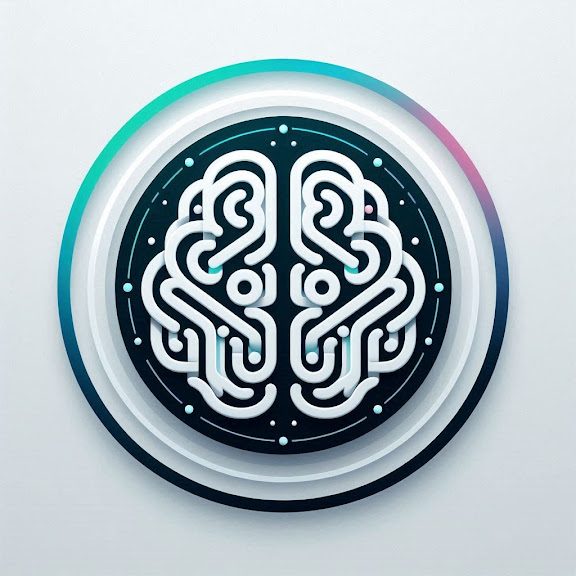¡Hola! En este artículo, exploraremos lo que es y para qué sirve la segmentación de imágenes en el campo de la tecnología. También analizamos cómo se implementa esta técnica avanzada e investigar sus aplicaciones potenciales en diversos campos profesionales.
Segmentation of Images, also known as image partitioning or region growing is a technique used in computer vision and machine learning to divide an input digital image into multiple segments based on certain criteria such as color intensity levels, texture patterns among others. The resulting segmented images can then be analyzed further by algorithms that recognize objects within them (such as faces), detect anomalies like tumors during medical diagnosis or even generate 3D models from the reconstructed shapes of these segments for architectural design purposes amongst many other applications across various industries including automotive, aerospace and defense sectors.
The process begins by defining an initial set boundaries (also known as seed points) over which region growing algorithm will propagate until reaching its final state where each pixel belongs to only one segment defined during this step; henceforth referred hereafter simply «segmentation». This is done iteratively through several steps: 1. Initialization – setting up parameters such a threshold value for merging adjacent regions based on similarity measures like mean intensity difference between them, minimum area requirement etc.;
2) Propagating – expanding the initial seed points into larger areas by comparing their intensities with those of neighbor pixels and deciding whether they should merge or not; 3. Termination – stopping propagation once all possible combinations have been explored without creating new segments since last iteration step, i e., no changes occurred within current set boundaries defined previously during initialization phase
Once the segmented image is obtained it can be used for various purposes such as object recognition where algorithms detect specific objects like faces or cars from predefined categories based on shape and texture features extracted earlier; anomaly detection in medical images to identify abnormalities indicative of diseases including cancerous tumors using statistical models trained beforehand with large datasets containing both normal tissue samples along side pathological ones.
Segmentation techniques have evolved over time, from manual drawing by experts on paper sketches prior digitization era up until now where deep learning algorithms automate most parts of this process making it faster and more accurate than ever before possible thanks to advances in hardware acceleration technologies like GPUs (Graphics Processing Units) capable handling large amounts data parallelly at high speeds.
One popular approach relies on using convolutional neural networks trained end-to -end from raw pixel values directly without any manual intervention required post training stage; examples include UNet architecture widely used in medical imagery segmentation tasks or Encoder Decoder architectures applied successfully across multiple domains including autonomous vehicles navigation systems.
In conclusion, image Segmentation is a powerful tool that has found numerous applications within various industries thanks to its ability of dividing complex visual information into simpler parts allowing easier analysis and understanding by both humans as well machines alike; furthermore advances in hardware acceleration technologies coupled with breakthroughs achieved through deep learning research promise even greater achievements ahead.
